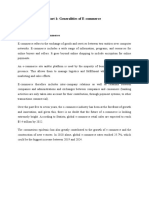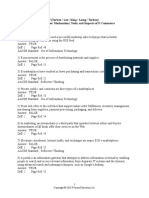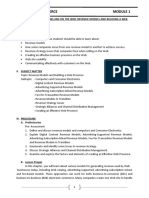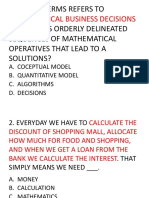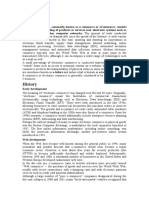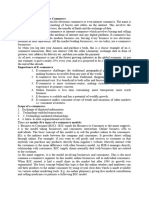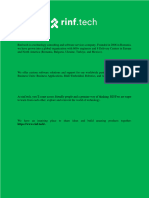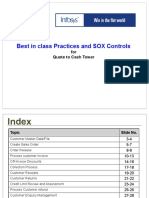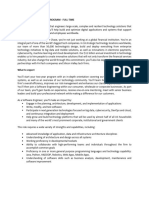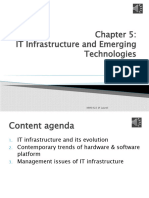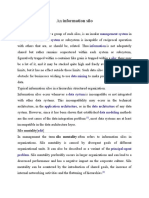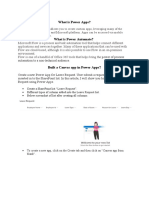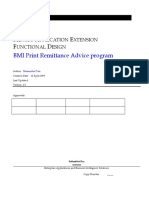0% found this document useful (0 votes)
131 views8 pagesEcommerce Notes
E-Commerce, or electronic commerce, involves buying and selling goods and services online, with types including B2B, B2C, C2C, C2B, and B2G. It offers advantages like convenience and global reach but also presents challenges such as security risks and high competition. Key components of E-Commerce infrastructure include hardware, software, payment systems, and logistics, while digital marketing plays a vital role in driving traffic and sales.
Uploaded by
rajjangid371Copyright
© © All Rights Reserved
We take content rights seriously. If you suspect this is your content, claim it here.
Available Formats
Download as PDF, TXT or read online on Scribd
0% found this document useful (0 votes)
131 views8 pagesEcommerce Notes
E-Commerce, or electronic commerce, involves buying and selling goods and services online, with types including B2B, B2C, C2C, C2B, and B2G. It offers advantages like convenience and global reach but also presents challenges such as security risks and high competition. Key components of E-Commerce infrastructure include hardware, software, payment systems, and logistics, while digital marketing plays a vital role in driving traffic and sales.
Uploaded by
rajjangid371Copyright
© © All Rights Reserved
We take content rights seriously. If you suspect this is your content, claim it here.
Available Formats
Download as PDF, TXT or read online on Scribd
/ 8

